Data acquisition in a climatic chamber
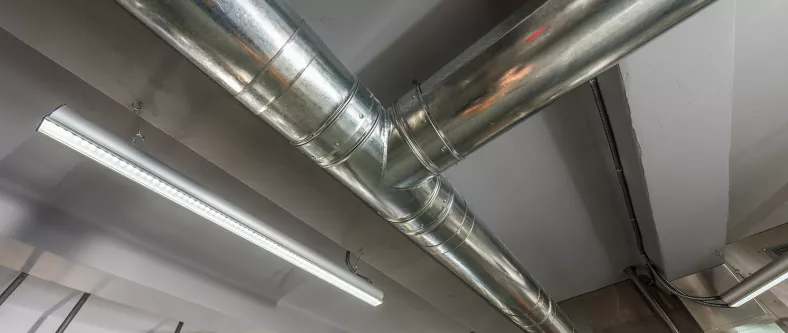

Integrable sensors and portable hand-held measuring devices
Temperature sensors are fundamental components in the world of technology and automation. They enable precise measurement of the temperature of objects, liquids and air, playing a crucial role in a multitude of industrial, scientific and domestic applications. In this article, we explore the operation, benefits and applications of temperature sensors.
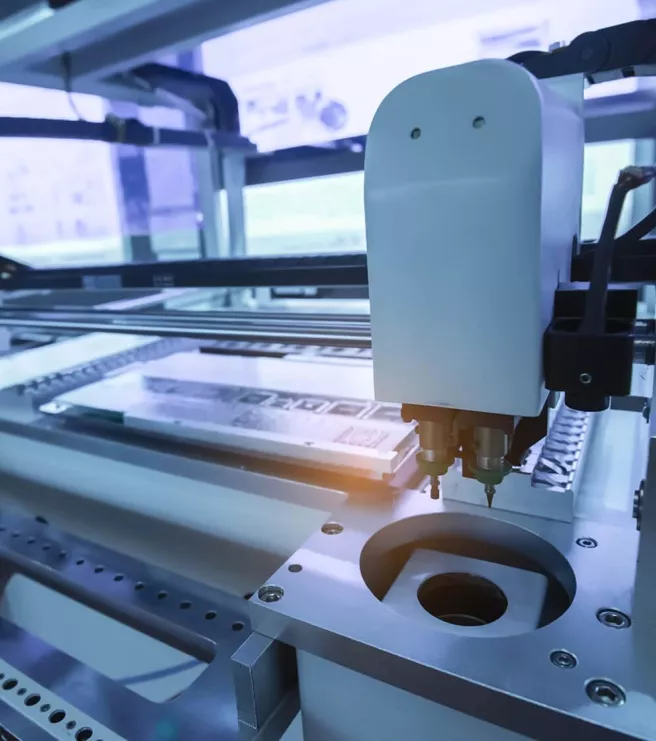
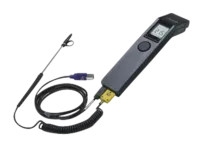
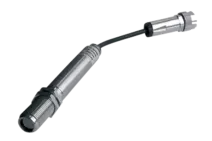
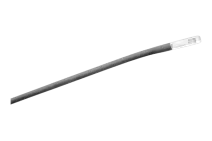
We offer standard temperature sensors but can also help you with a customized design or a complete measurement solution.
Infrared temperature sensors offer several advantages over conventional temperature sensors, especially in situations where non-contact temperature measurement is required. These include, among others:
Infrared temperature sensors offer an efficient, reliable and versatile method of non-contact temperature measurement that can be used in a variety of applications to optimise processes, improve product quality and comply with safety standards. These include
Temperature sensors are used to measure temperature using a variety of techniques. They can measure the temperature of an object precisely and remotely by detecting infrared radiation. The higher the temperature, the more thermal energy the object emits. These sensors can be used for a wide range of applications, such as dryers, furnaces or in the metal and glass industries. These sensors can withstand extreme temperatures. Fiber optic temperature sensors use WLPI or GaAs technology, and are used in a very wide range of applications. They can be used at cryogenic temperatures of up to 350°C.
Wireless, fiber-optic or laser technology temperature sensors. Whether you need to monitor conditions in an office, cold store or technical data center, we offer an environmental IoT solution to monitor indoor environmental quality and provide you with the data you need. The system tracks air quality index (via measurement of a wide range of gases, including volatile organic compounds), temperature, humidity, ambient light, noise level and barometric pressure. The solution also includes an accelerometer for measuring vibration and motion, and a HAL sensor for detecting the proximity of a magnet, making it a complete platform for a wide range of use cases. The solution is battery-powered, water and dust resistant.
Althen Sensors gives you the power to measure and monitor temperature with unrivalled accuracy. Our IoT temperature sensors revolutionize real-time data collection, enabling you to make informed decisions to improve the efficiency, quality and safety of your operations.

Thermocouples consist of two different metals that are joined together. When the temperature at the junction changes, this creates a voltage that can be measured. Thermocouples are widely used and are well suited to high temperatures and harsh environments.
These sensors are based on laser technology and measure the infrared radiation emitted by an object to determine its surface temperature without contact. They are useful when the measurement of surface temperatures without direct contact is required, e.g. in industrial processes, medicine or food processing.
Fibre optic temperature sensors use optical fibres to measure temperature changes. They offer the advantage that they are electrically insulated, robust and can be used in environments where conventional electronic sensors cannot be used due to electromagnetic interference, high voltage or high temperatures. Fibre optic probe: The core of a fibre optic cable consists of a material with a specific refractive index that enables light conductivity. One or more fibres are used as sensor probes to measure the temperature. The temperature measurement is based on a change in the refractive index or a change in the optical properties of the material in the fibre in response to temperature changes. They are used in areas such as power generation, industrial automation, aerospace, medicine and environmental monitoring.
Hand-held infrared temperature measuring devices (temperature measuring devices) are compact, portable devices that have been developed to measure temperatures quickly and easily. The temperature of an object or surface is determined by measuring the infrared radiation emitted by it. These allow the surface temperature of objects to be measured without direct contact, which is useful for measuring hot or moving material or in situations where contact with the object to be measured is undesirable. The sensor has a lens that is aimed at the object to be measured and a detector that receives the infrared radiation and converts it into a temperature reading. The devices are easy to use and generally provide quick measurement results that are nevertheless very accurate and reliable. Handheld infrared temperature measuring devices are versatile and can be used to measure temperatures in a variety of environments and applications, including industrial, laboratory, food processing, healthcare, air conditioning, heating, ventilation and many more.
Whether you need to monitor conditions in an office, cold store or technical data center, we offer an environmental IoT solution to monitor indoor environmental quality and provide you with the data you need. The system tracks air quality index (via measurement of a wide range of gases, including volatile organic compounds), temperature, humidity, ambient light, noise level and barometric pressure. The solution also includes an accelerometer for measuring vibration and motion, and a HAL sensor for detecting the proximity of a magnet, making it a complete platform for a wide range of use cases. The solution is battery-powered,water and dust resistant.

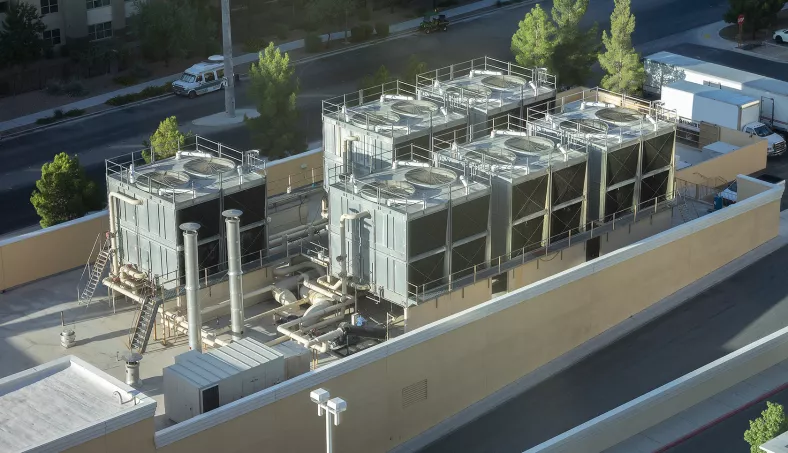
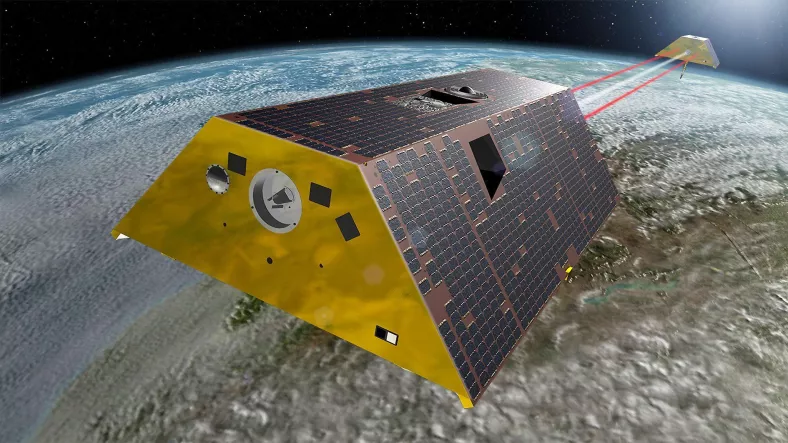
We offer standard temperature sensors and strain gauges but can also help you with a customized design or a complete measurement solution.